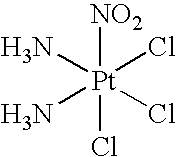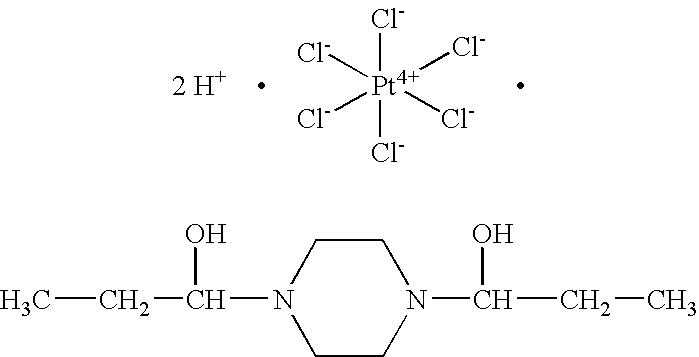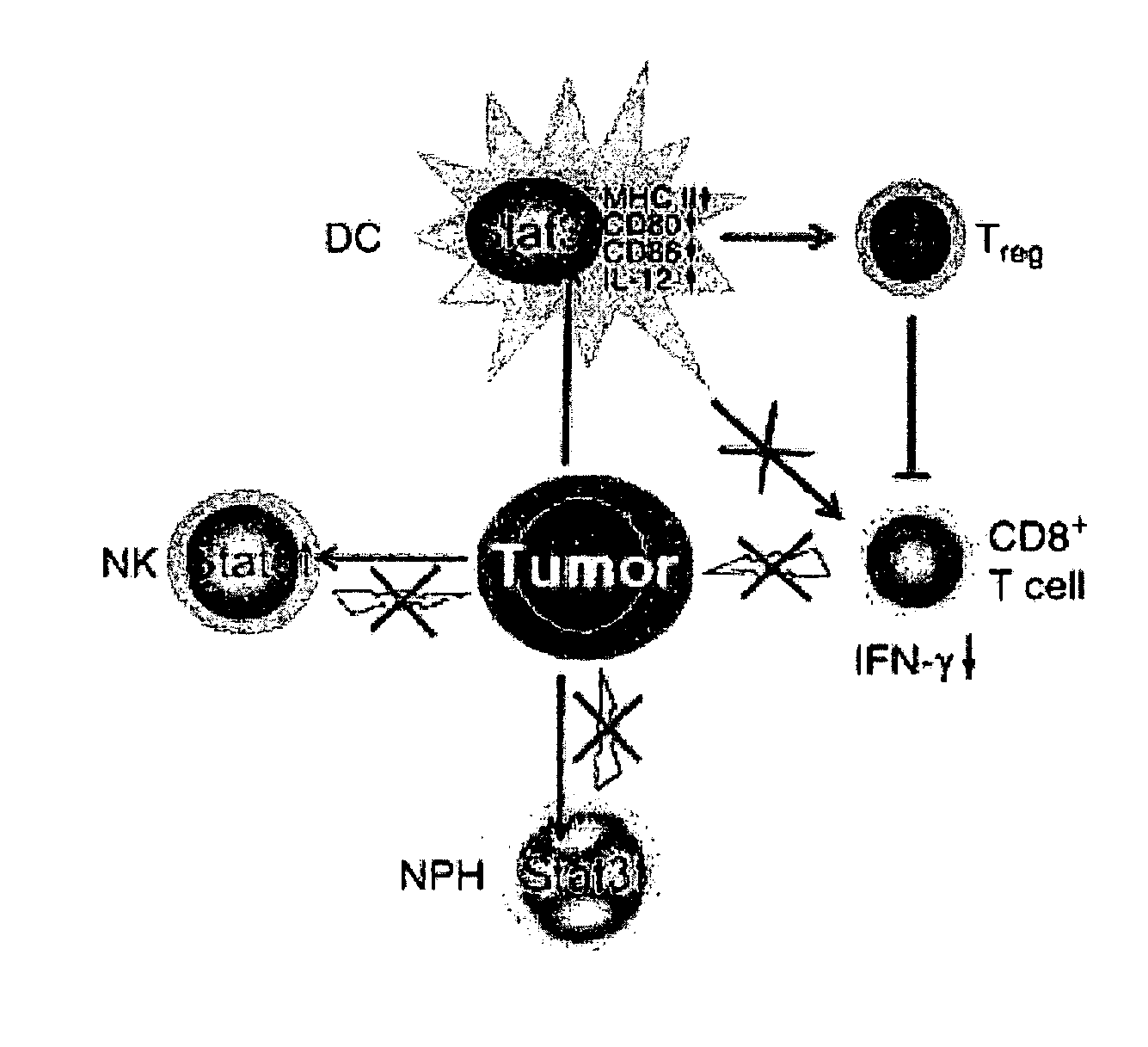Methods for inhibiting Stat3 signaling in immune cells
a stat3 signaling and immune cell technology, applied in the direction of biocide, genetic material ingredients, heavy metal active ingredients, etc., can solve the problems of negative regulation and direct inhibition of stat3 signaling in immune cells that have not been evaluated, and achieve the effect of enhancing the antitumor activity of an immune cell
- Summary
- Abstract
- Description
- Claims
- Application Information
AI Technical Summary
Benefits of technology
Problems solved by technology
Method used
Image
Examples
example 1
Materials and Methods
[0080] The following materials and methods were used in the experiments described in Examples 2-7.
[0081] Cell lines. Mouse B16 melanoma, YAC-1 and P815 target cells were purchased from American Type Culture Collection. MB49 bladder carcinoma and C4 mouse melanoma lines were gifts from T. Ratliff (University of Iowa) and J. Fidler (M.D. Anderson Cancer Center), respectively.
[0082] In vivo experiments. Mouse care and experimental procedures were performed under pathogen-free conditions in accordance with established institutional guidance and approved protocols from Institutional Animal Care and Use Committees of the University of South Florida and Johns Hopkins University. Mx1-Cre mice were obtained from the Jackson Laboratory and Stat3loxP / loxP mice were obtained from S. Akira and K. Takeda (Osaka University). Generation of mice with Stat3− / − hematopoietic cells by an inducible Mx1-Cre recombinase system was performed as described by Lee C K et al., Immunity ...
example 2
Generation of Stat3− / − Adult Mice
[0095] Generation of Stat3− / − mice by an inducible Mx1-Cre recombinase system was performed as described in Example 1. Injection of poly(I:C) into mice carrying the Mx1-Cre transgene (Cre) and Stat3 alleles flanked by loxP sites (Stat3loxP / loxP) led to effective Stat3 deletion in bone marrow cells, as determined by PCR analysis of genomic DNA from bone marrow, using primers that distinguish full-length Stat3loxP and Stat3-deleted alleles. Results, shown in FIG. 1, demonstrate effective Stat3 deletion.
[0096] Stat3 deletion was confirmed by an electrophoretic mobility shift assay (EMSA). Nuclear extracts were prepared from Stat3+ / + and Stat3− / − bone marrow cells stimulated for 20 minutes with IL-10 (10 ng / ml) and / or GM-CSF (20 ng / ml). Preparations were probed with SIE, which detects Stat1 and Stat3 binding activity, and MGF, which detects Stat-5 binding. FIG. 2 shows lack of Stat3 dimer binding activity in Stat3− / − mice.
[0097] CD11c+ dendritic cells...
example 3
Stat3 Ablation Activates Dendritic Cells
[0098] Splenic DCs were isolated from Stat3+ / + and Stat3− / − mice as described in Example 1. 1×106 freshly prepared cells were suspended in a mixture of PBS, 2% FCS and 0.1% (wt / vol) sodium azide with FcγIII / IIR-specific antibody to block non-specific binding. After staining with fluorochrome-coupled anti-CD11c and anti-I-Ad (MHC class II), flow cytometric analysis showed that the total number of cells is not reduced in Stat3− / − as compared to Stat3+ / + mice (FIG. 4).
[0099] Next, splenic DCs from tumor-bearing Stat3+ / + and Stat3− / − mice were cultured with 100 ng / ml lipopolysaccharide for 18 hours and supernatants were collected. ELISA was used to determine IL-12 levels in the supernatants. As shown in FIG. 5 (right panel), Stat3− / − mice produced higher levels of IL-12. Proliferation of OTII CD4+ T cells after stimulation by splenic DCs (+ or − OVA) from tumor-bearing Stat3+ / + and Stat3− / − mice was also measured. The Stat3− / −DCs showed enhanced...
PUM
| Property | Measurement | Unit |
|---|---|---|
| diameter | aaaaa | aaaaa |
| diameter | aaaaa | aaaaa |
| diameter | aaaaa | aaaaa |
Abstract
Description
Claims
Application Information
 Login to View More
Login to View More - R&D
- Intellectual Property
- Life Sciences
- Materials
- Tech Scout
- Unparalleled Data Quality
- Higher Quality Content
- 60% Fewer Hallucinations
Browse by: Latest US Patents, China's latest patents, Technical Efficacy Thesaurus, Application Domain, Technology Topic, Popular Technical Reports.
© 2025 PatSnap. All rights reserved.Legal|Privacy policy|Modern Slavery Act Transparency Statement|Sitemap|About US| Contact US: help@patsnap.com



